Have you ever caught your cat eyeing you with suspicion, even after years of cozy cuddles, while your dog showers you with sloppy kisses just for walking in the room? It’s enough to make any pet parent wonder: do cats trust differently than dogs—or are they just being clever about it? This question has stumped animal lovers for decades, sparking debates, research, and a whole lot of funny internet memes. Dive in as we unravel the emotional maze of feline and canine trust, and discover if our whiskered friends are simply playing a smarter game.
The Roots of Trust: Wild Instincts and Evolution

Trust, at its core, is shaped by survival instincts. Dogs were domesticated up to 30,000 years ago, evolving alongside humans as hunting partners and protectors. This partnership required dogs to rely on people, baking trust right into their DNA. Cats, on the other hand, were only domesticated around 10,000 years ago—much later and mostly by choice. Early cats hung around human settlements for the easy meals, but they never really needed us like dogs did. This independent streak is still alive in our house cats today and colors every interaction they have with us.
How Dogs Show Trust: Loyalty on Four Paws

Dogs are famously loyal, and their trust is often unconditional. When a dog wags its tail, rolls over for belly rubs, or follows you from room to room, it’s expressing deep trust. They look to their humans for direction, comfort, and approval. Dogs read our emotions, seeking eye contact and physical closeness because that’s how their ancestors bonded with pack members. For dogs, trust is direct and open—like a best friend who never keeps their feelings hidden.
Cats and Their Subtle Signals: Trust in the Details

Cats, in contrast, are masters of subtlety. A slow blink, a gentle headbutt, or choosing to nap near you are their ways of saying, “I trust you.” Unlike dogs, cats rarely trust instantly. They need time to observe and decide if you’re worthy. Instead of following you around, they might simply share your space quietly. This kind of trust is hard-won and precious, making every soft purr feel like a little victory.
The Science of Attachment: Feline vs. Canine Bonds
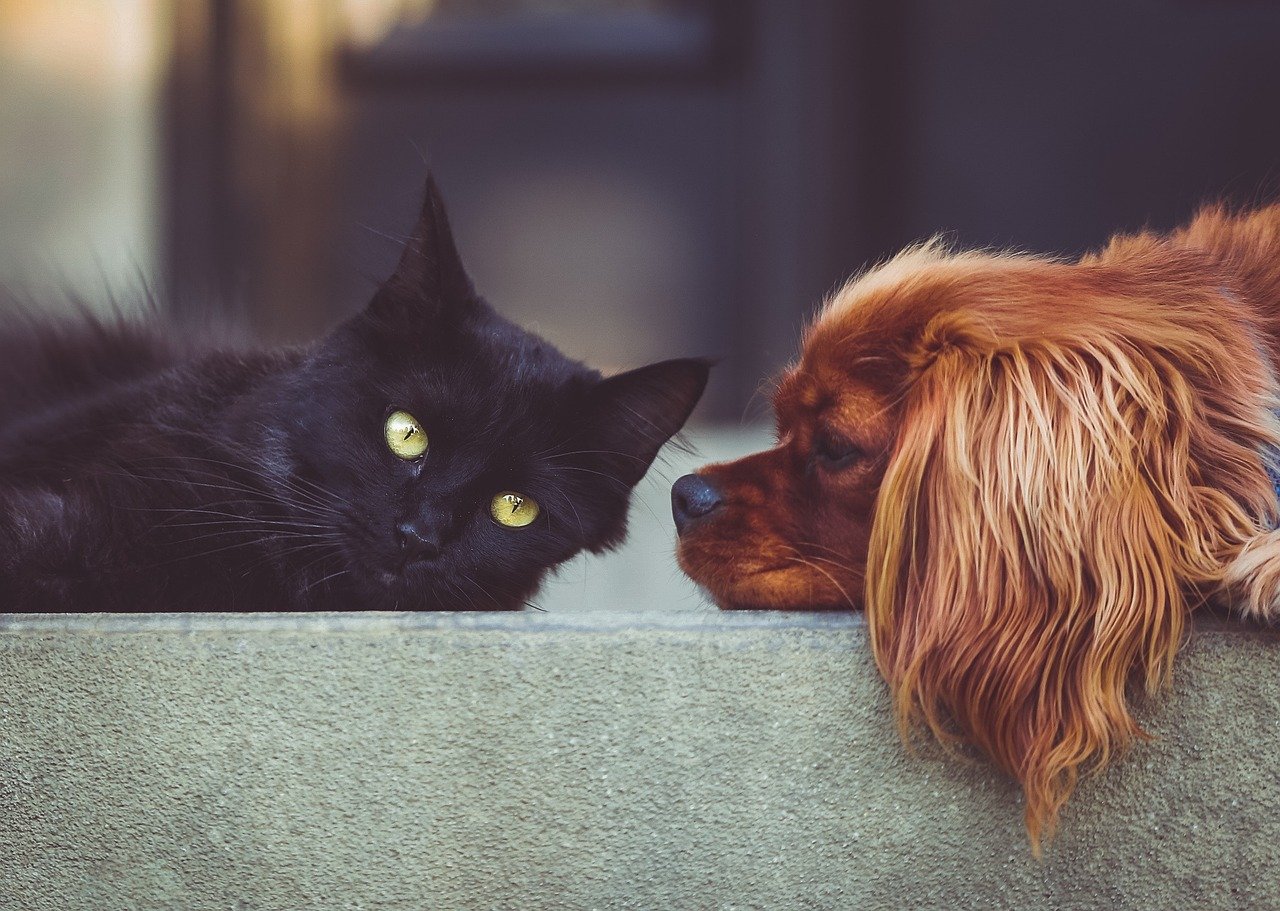
Researchers have studied the way dogs and cats attach to their humans. Dogs tend to form “secure attachments,” similar to the way children bond with parents. They seek comfort and reassurance when stressed. Cats, however, display a mix of secure and independent attachments. Some cats seek closeness, while others are content to do their own thing. This suggests that cats are more selective, attaching deeply only when they feel truly safe.
Communication Styles: Who’s More Transparent?

Dogs wear their hearts on their sleeves. They bark, whine, wag, and jump—all to communicate their feelings. Cats, on the other hand, communicate with body language that’s much easier to miss. A twitching tail, flattened ears, or a soft trill can speak volumes. For cat owners, learning this secret language is key to understanding how much their feline friends trust them.
Trust-Building Rituals: Treats, Play, and Patience

Building trust with a dog is usually straightforward: treats, praise, and playtime. Dogs thrive on positive reinforcement and clear routines. Cats? They demand a slower pace. Trust with a cat is often built through gentle interactions, respect for their boundaries, and patience. A cat may take weeks, even months, to fully trust a new person—but once it’s earned, that trust runs deep.
Testing Boundaries: How Each Pet Reacts to New Situations

Introduce a new person or pet, and you’ll see the difference in trust styles. Dogs often greet newcomers with enthusiasm or cautious curiosity, trusting their humans to keep them safe. Cats are more likely to retreat, observing from a distance until they feel secure. This cautious approach isn’t just shyness—it’s a survival strategy handed down from their wild ancestors.
Independence versus Dependence: Who Needs You More?

Dogs often need constant reassurance from their humans. Left alone too long, many dogs become anxious or even destructive. Cats, meanwhile, can be perfectly happy with some alone time. This doesn’t mean they don’t love or trust you—it just means their trust isn’t tied to constant companionship. In fact, a cat’s independence can make their moments of affection feel even more special.
The Role of Early Experiences: Socialization Matters
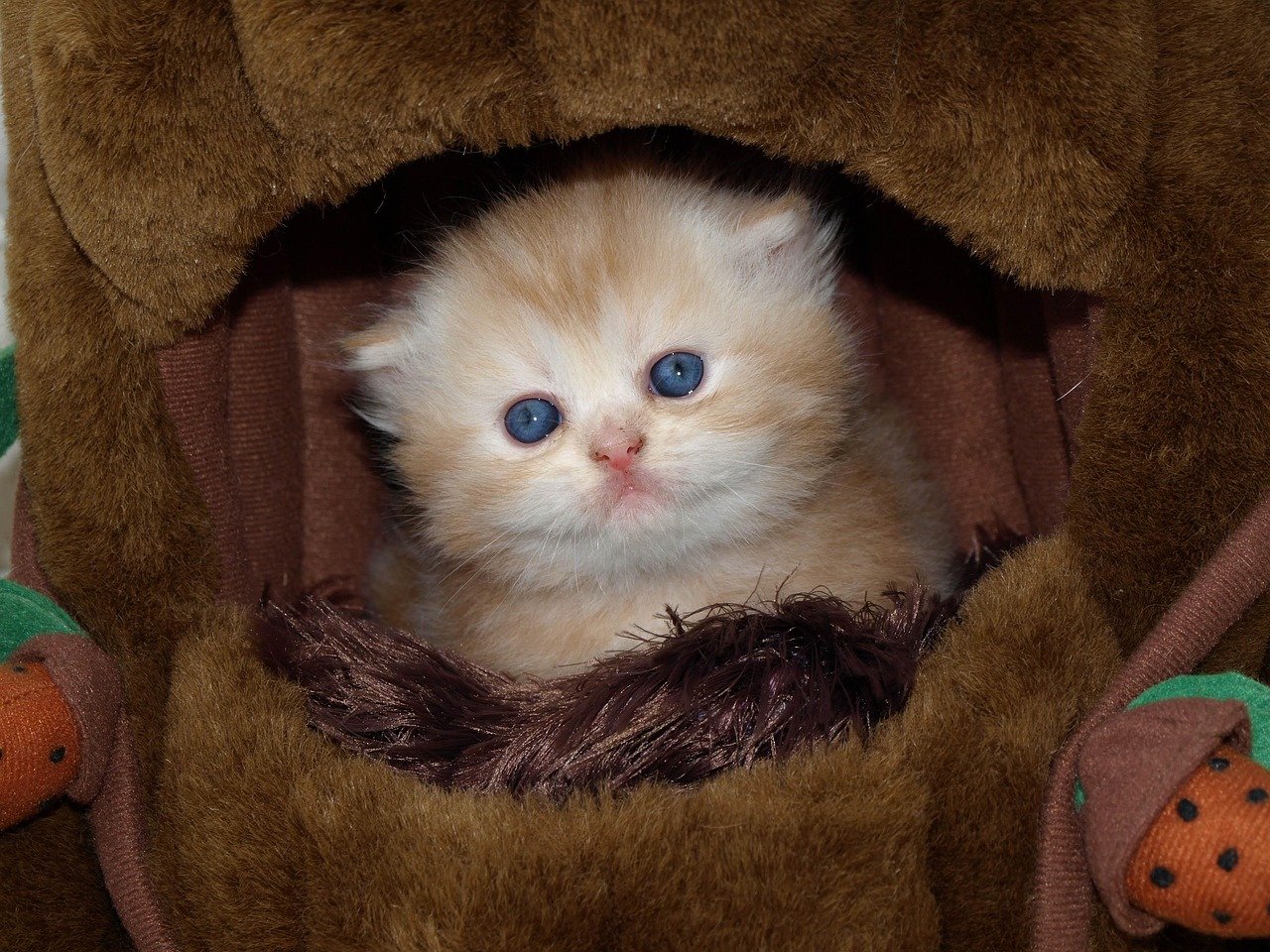
Both cats and dogs are shaped by their early experiences. Puppies and kittens that are handled gently, exposed to new people, and treated with kindness grow up to trust humans more easily. Traumatic experiences can make building trust difficult in both species, but cats are particularly sensitive to changes in their environment. Moving homes, loud noises, or rough handling can set back trust-building by weeks.
Intelligence and Trust: Are Cats Just Playing 4D Chess?

Some people believe cats are “smarter” about trust. They don’t give it away lightly, which can look like clever self-preservation. While dogs are eager to please, cats seem to assess risk and reward before letting their guard down. This cautious approach might be less about intelligence and more about their solitary hunting origins. Still, there’s something almost sly about the way cats decide when and how to trust.
Trust and Training: Which Pet Learns Faster?
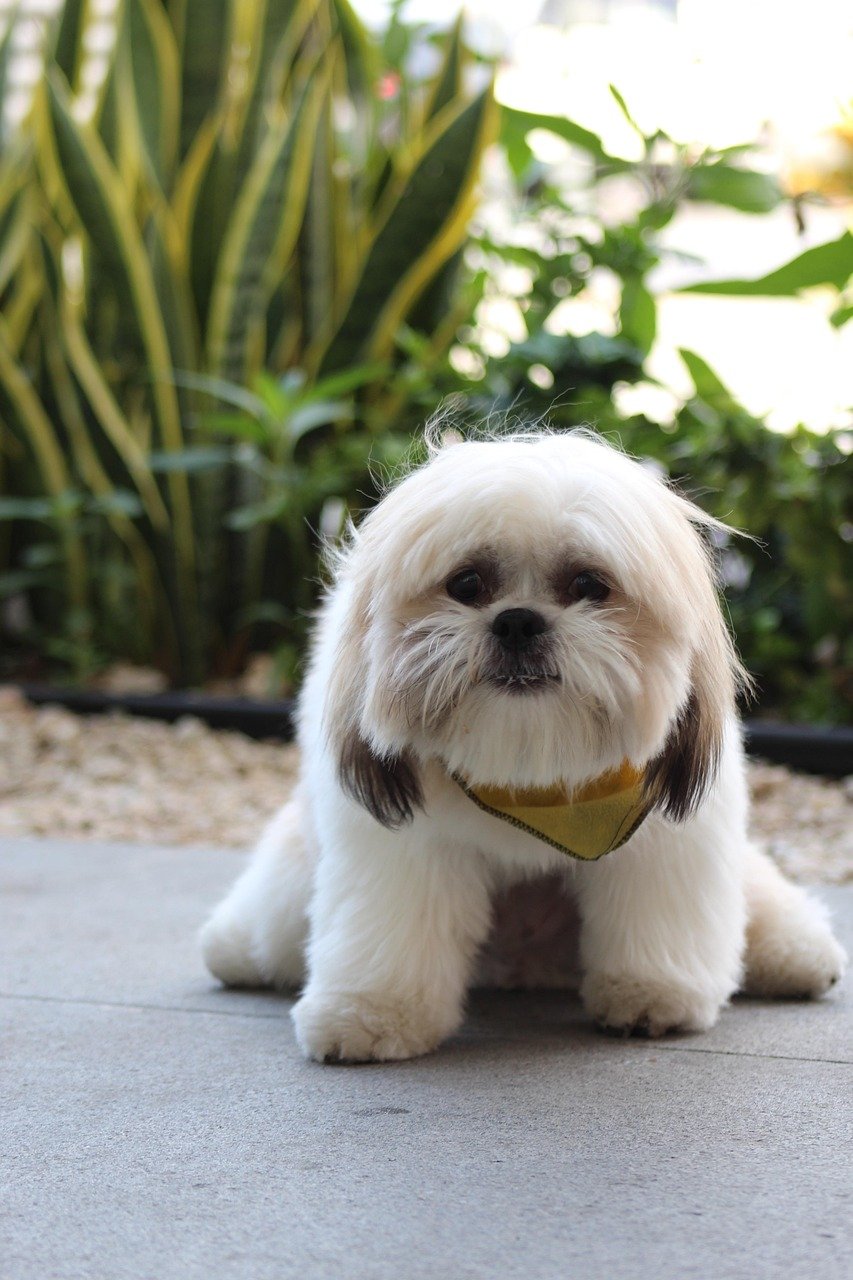
Training a dog is usually quicker because they crave approval and respond well to rewards. Trust makes this process even smoother. Cats can be trained, too, but it takes patience and creativity. A trusting cat will come when called or even learn tricks, but only if they feel safe and respected. For both animals, trust is the magic ingredient that turns learning into play.
Mixed Signals: When Trust Gets Confusing

Sometimes, pets send mixed messages. A cat might purr while swatting your hand, or a dog might wag its tail while backing away. Reading these signals wrong can damage trust. It’s important to pay attention to body language, vocalizations, and context. Building trust means learning to understand not just what your pet does, but why they do it.
Trauma and Recovery: Rebuilding Lost Trust

Pets that have experienced trauma—abuse, neglect, or abandonment—often struggle to trust again. Dogs may become fearful or aggressive, while cats might hide or lash out. Rebuilding trust takes patience, consistency, and love. Small victories, like a hesitant tail wag or a cautious head rub, are signs that trust is returning, one day at a time.
Environmental Factors: Home Sweet Home?

A safe, stable environment is key to trust. Dogs and cats both need spaces where they feel secure. For dogs, this might mean a comfy bed in a busy room, while cats often prefer high perches or cozy hideouts. Changes in the household—new pets, new people, or even moving furniture—can shake their sense of safety and make trust harder to maintain.
Health and Well-Being: How Illness Impacts Trust
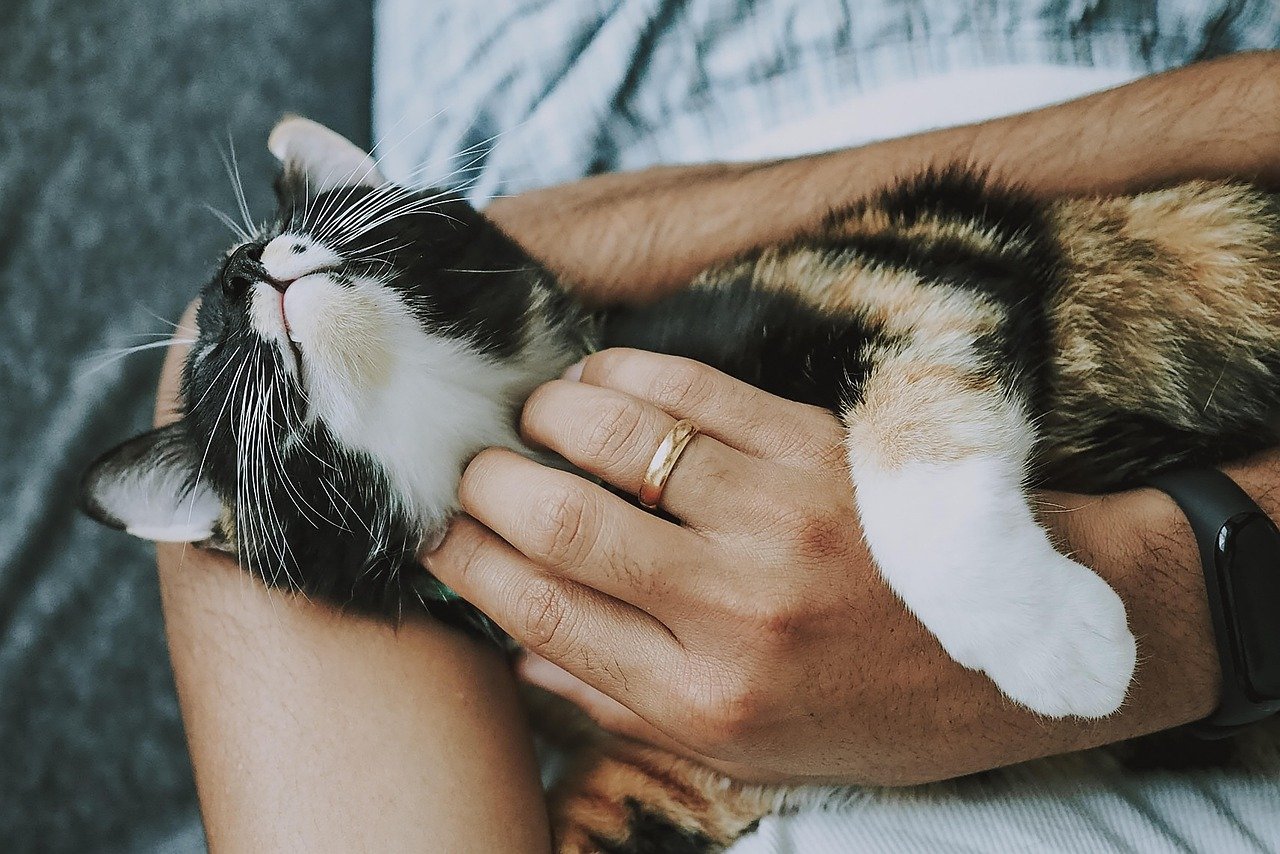
When pets are sick or in pain, their behavior changes. A normally affectionate dog may become withdrawn, and a playful cat might hide. Recognizing these changes is crucial for maintaining trust. Offering gentle care and comfort helps reassure your pet that you’re there for them, no matter what.
The Role of Routine: Predictability Builds Confidence

Both cats and dogs thrive on routine. Regular feeding times, play sessions, and quiet moments help build confidence and trust. Dogs might wait by the door for their daily walk, while cats learn when to expect a treat or a gentle brush. Predictable routines signal to pets that their needs will be met, deepening their trust in you.
Jealousy and Attention: Balancing Multiple Pets

In homes with more than one pet, trust becomes a balancing act. Dogs may compete for attention, while cats might withdraw or act out. It’s important to spend quality time with each pet, respecting their unique needs and personalities. Jealousy can erode trust, but fairness and patience can help restore harmony.
Affection on Their Terms: Respecting Boundaries

Cats, especially, value their personal space. Forcing affection can backfire, making them distrustful. Letting them approach you, choosing when and how to interact, shows respect for their boundaries. Dogs often enjoy more hands-on attention, but even they have limits. Trust grows when pets know they can say “no” and be heard.
The Impact of Age: Trust Across the Lifespan
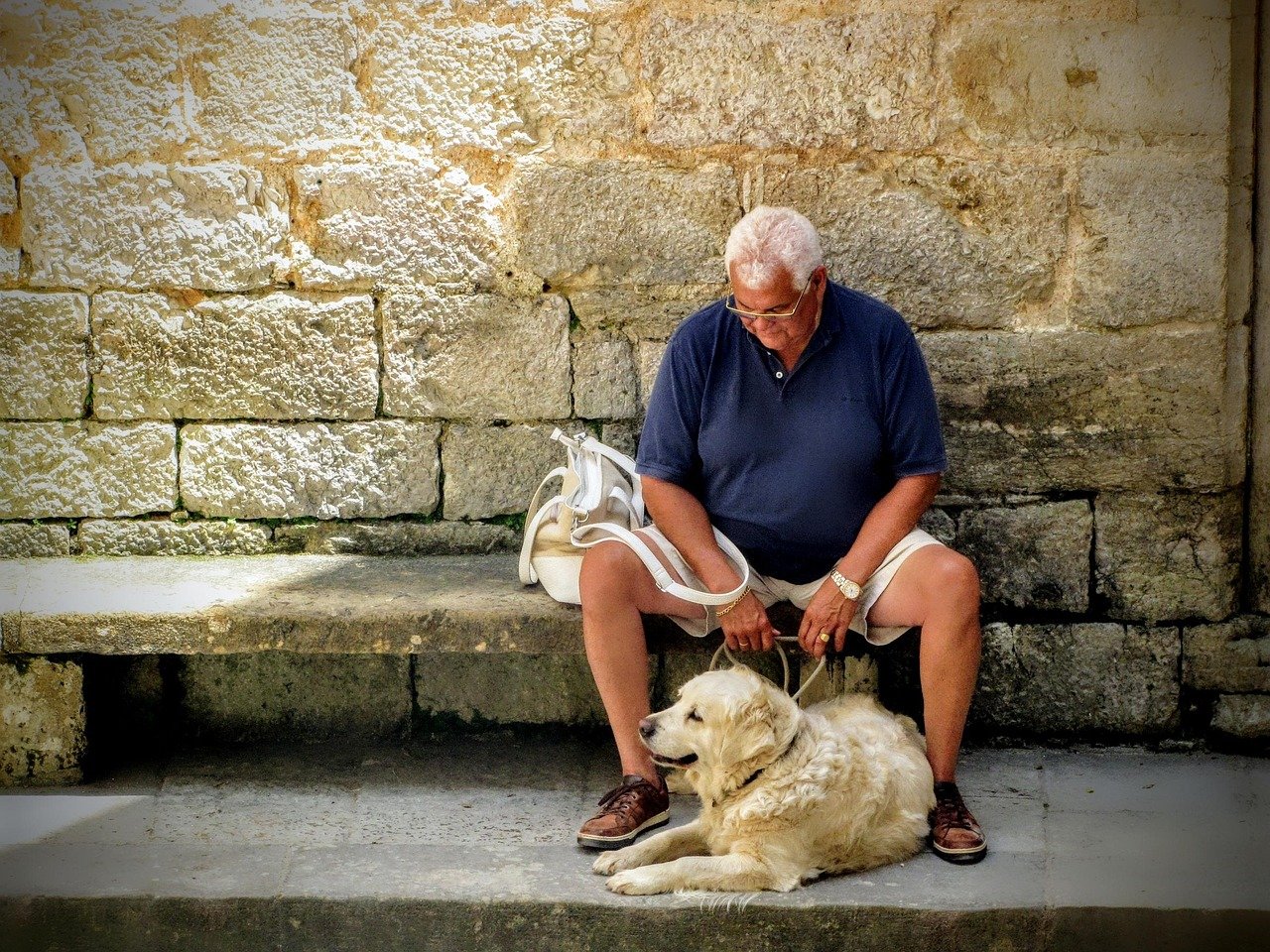
Kittens and puppies are naturally curious, forming bonds easily if treated well. As pets age, their trust may deepen—or they might become more cautious, especially if they’ve had negative experiences. Senior pets often need extra patience and care. Their trust, once earned, is a gentle reminder of years spent together.
Human Behavior: The Ultimate Factor
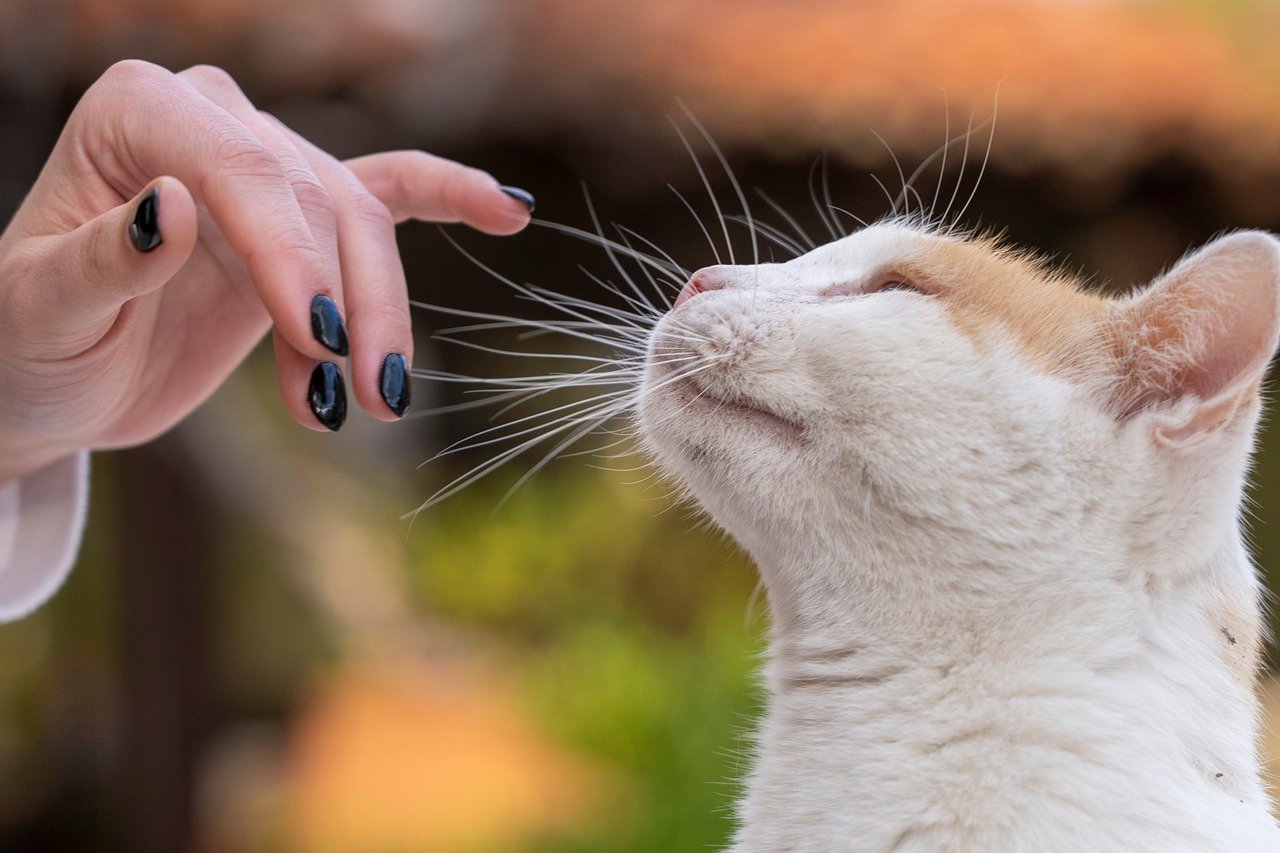
At the end of the day, how we behave shapes our pets’ trust more than anything else. Gentle voices, calm movements, and respect for their needs build lasting bonds. Losing your temper, ignoring their signals, or breaking routines can quickly erode trust. The relationship between human and pet is a two-way street, built on mutual respect and understanding.
What Trust Means to Them: The Heart of the Matter
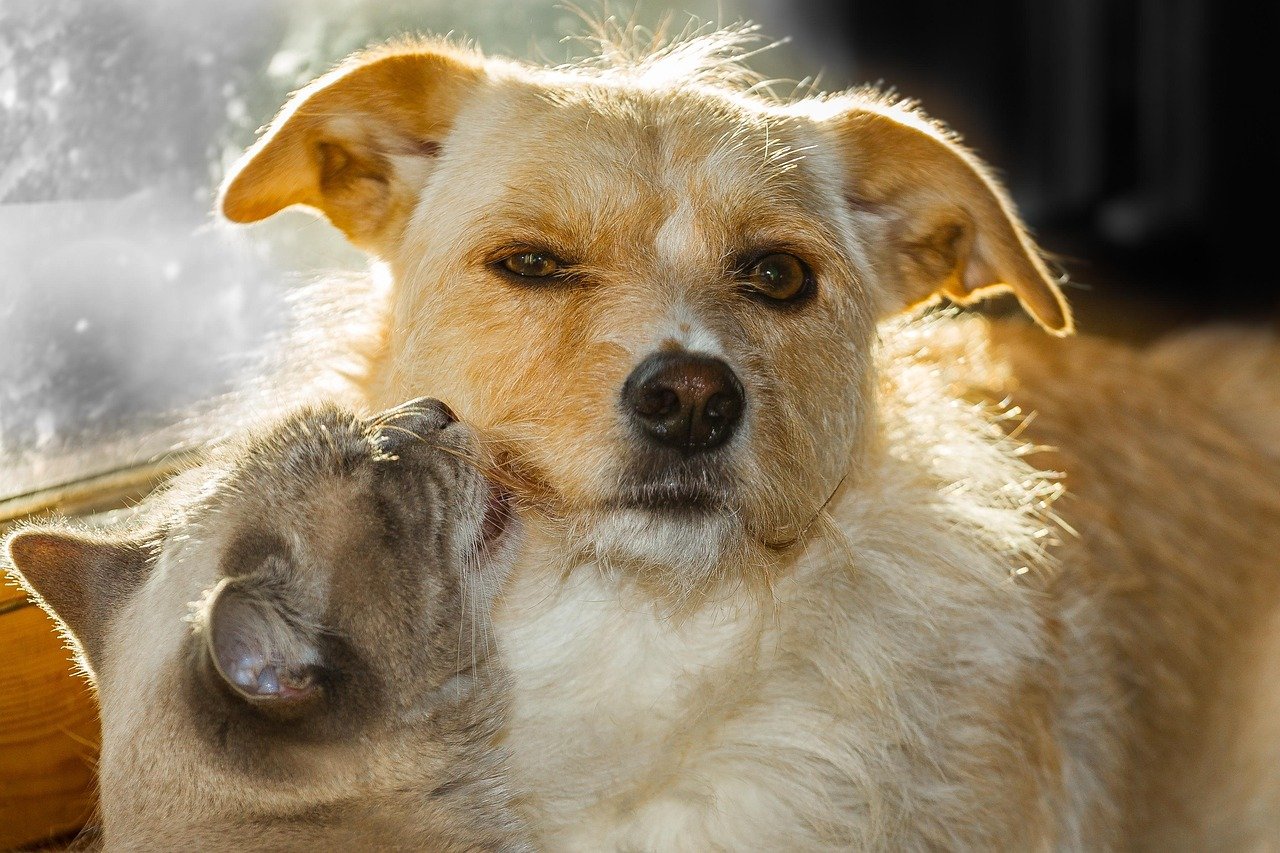
For dogs, trust is about partnership—being part of the team, sharing life’s adventures and cuddles. For cats, trust is about choice—choosing to share their lives, their warmth, and their softest purrs with someone they believe deserves it. In their own ways, both animals teach us the value of patience, kindness, and the quiet magic of being truly trusted.
Hi, I’m Bola, a passionate writer and creative strategist with a knack for crafting compelling content that educates, inspires, and connects. Over the years, I’ve honed my skills across various writing fields, including content creation, copywriting, online course development, and video scriptwriting.
When I’m not at my desk, you’ll find me exploring new ideas, reading books, or brainstorming creative ways to solve challenges. I believe that words have the power to transform, and I’m here to help you leverage that power for success.
Thanks for stopping by, Keep coming to this website to checkout new articles form me. You’d always love it!




